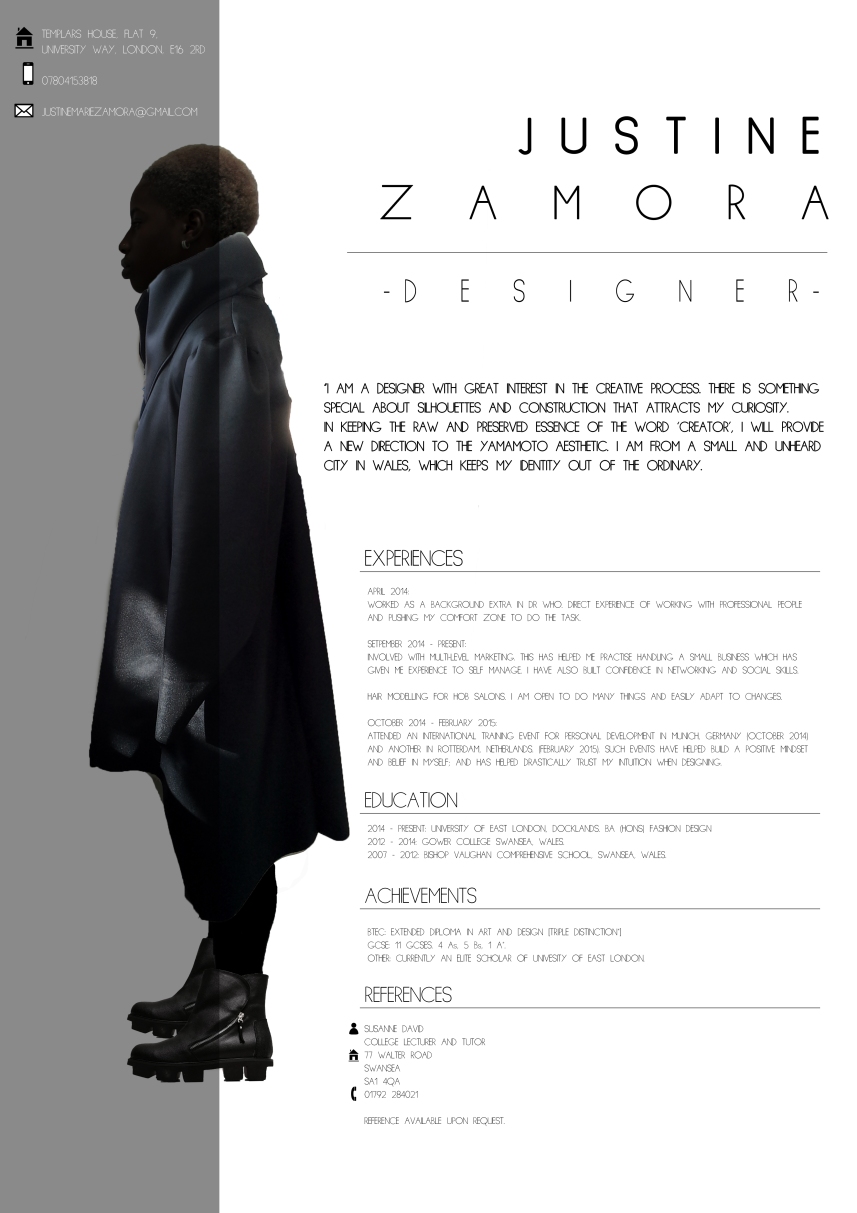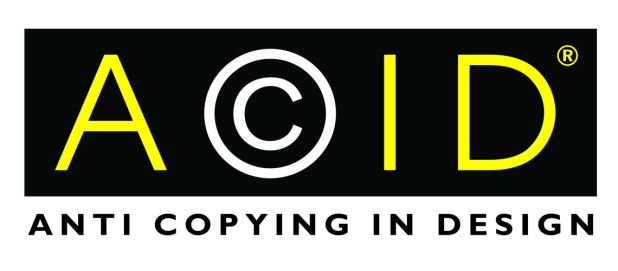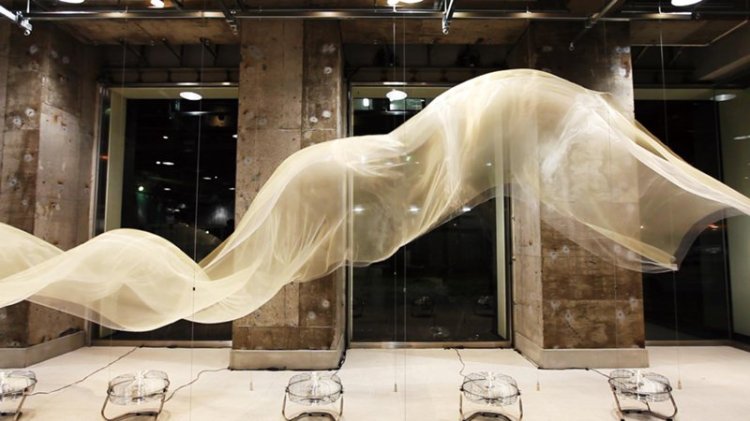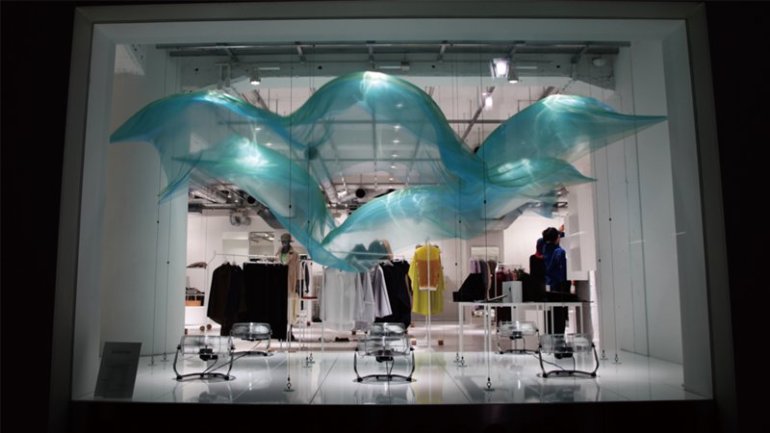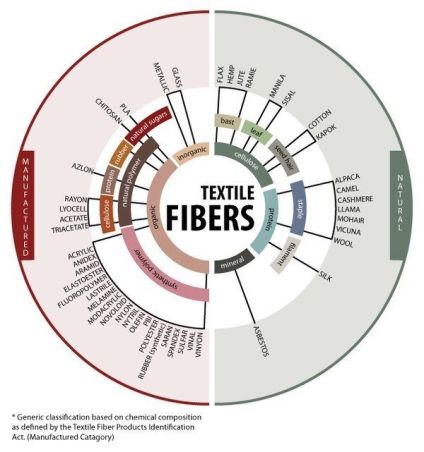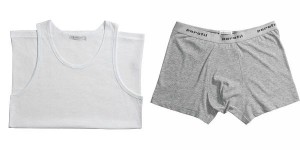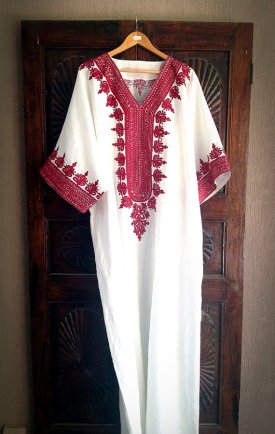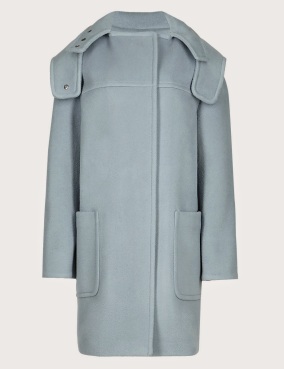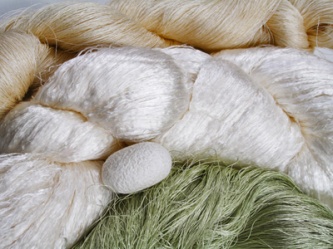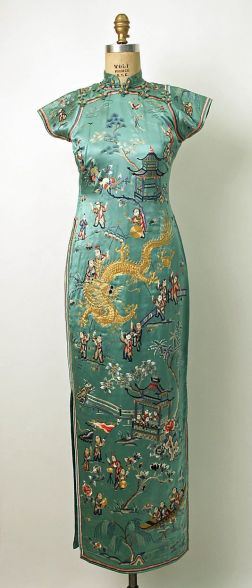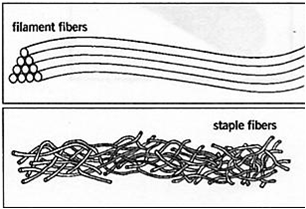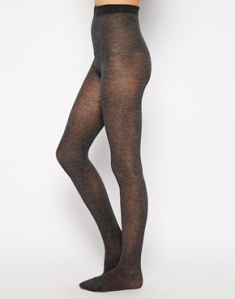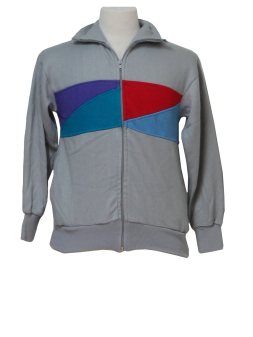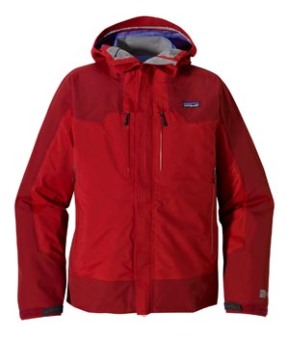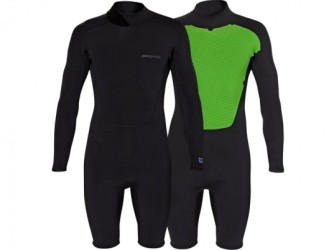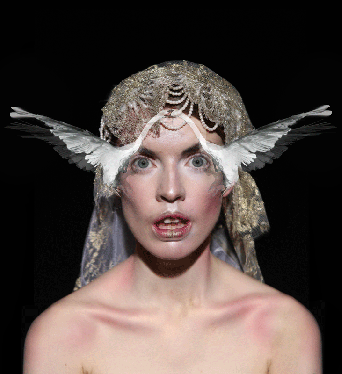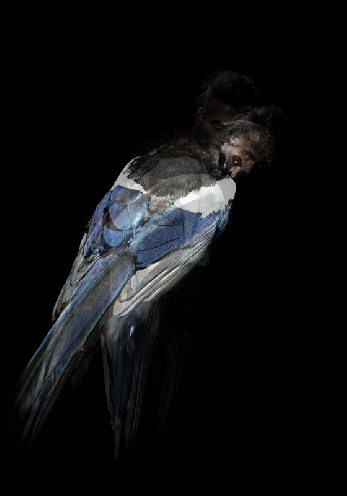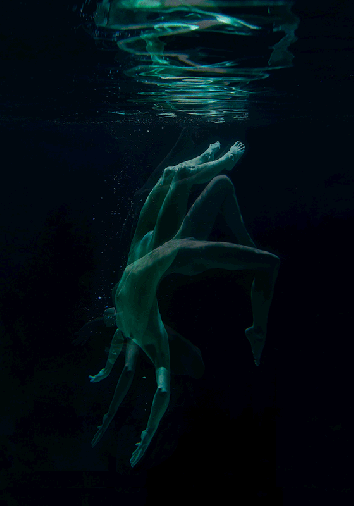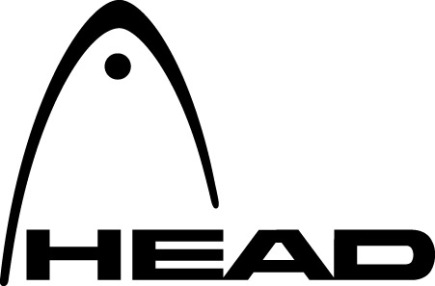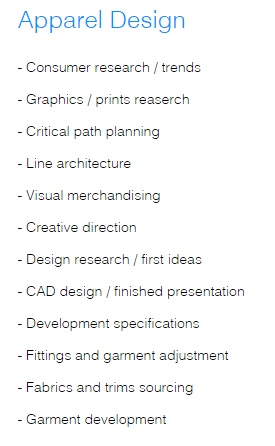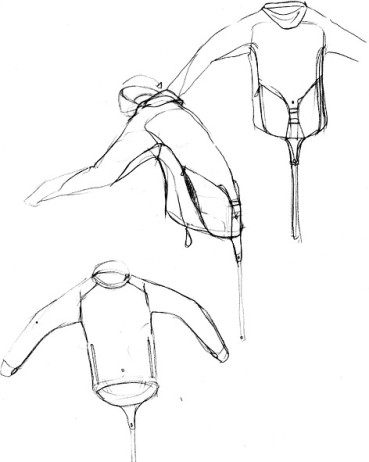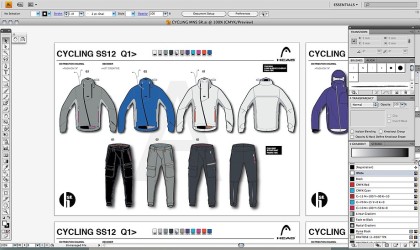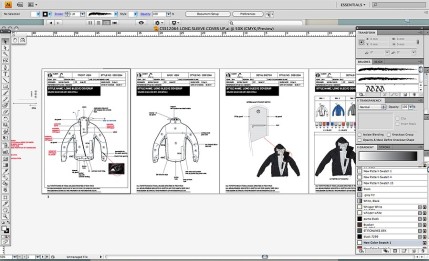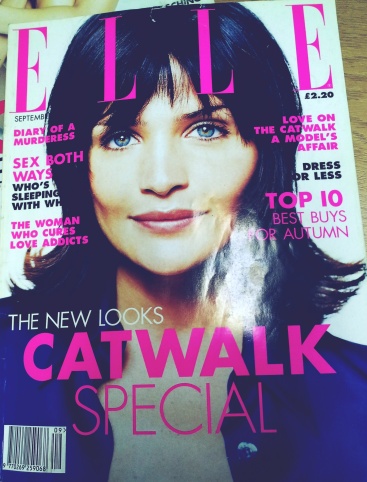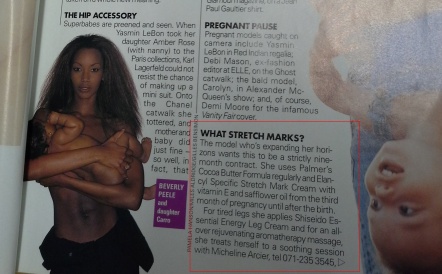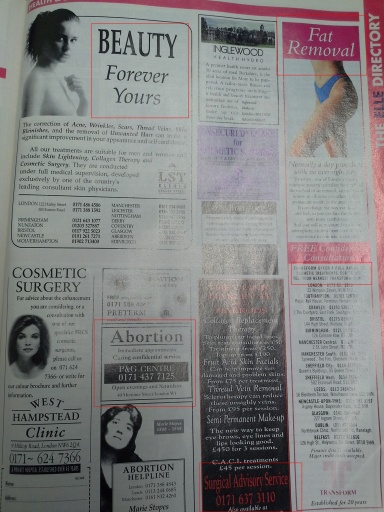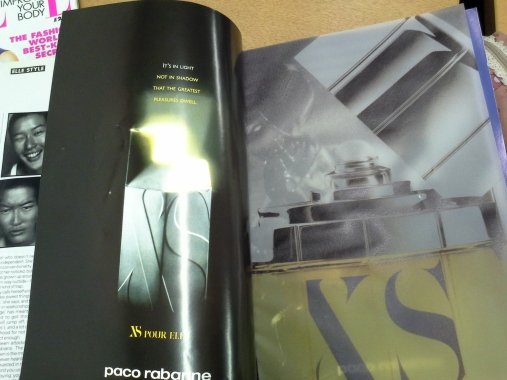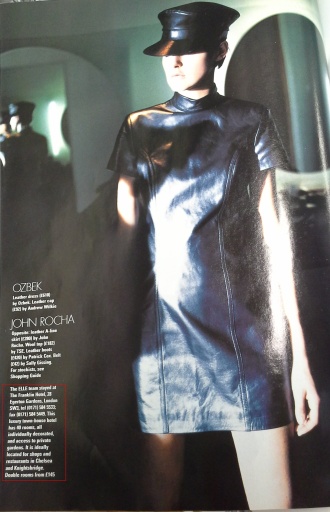Intellectual Property
“Intellectual Property is the collective term for the rights arising under the law relating to Copyright, Unregistered Design Rights, Registered Design Rights, Patents, Trade Marks, Passing Office, Utility Models and the Law of Confidence. Intellectual property represents original work that can be legally protected.”
It is extremely important to have knowledge about protecting designs in any creative career. Due to certain experiences, it is unfortunate there can be a loss of money involved if there is little knowledge of what Intellectual Property Protection is all about. This is why companies such as ACID exists. To give a better understanding of what protection means in the creative industry. It is indeed serious business and perhaps a little boring as it drifts away from the creative side and moves into the laws and arguments that can be raised just to protect an idea or design.
HELP AT HAND FOR UK DESIGNERS WHO FACE DESIGN THEFT
Zoe Hill, CEO of Elizabeth Gage (Jewellery Designer) states that it is unfair how a lot of young designers particularly in the Jewellery industry are being copied and no further action is taken when this happens. She is urging the Government officials to criminalise copying by unregistered designs.
Heather Culpan, Managing Director of Burgon and Ball briefly explains how it’s more or less annoying how they spend huge amounts of time on cases like “IP Defense”; which in actual fact is theft. They aren’t being taken seriously and are always left sidetracked.
Cynthia Wilkinson, Former Owner of Mark Wilkinson Furniture argues that many designers have spent a lot of time and money investing in their business only to be copied and get ripped off and nothing is being done about it. No lawful support is given.
I feel that what Cynthia Wilkinson said is really true. It’s unfortunate to see young designers spend all that time and money only to get copied and there is no law to support that it’s actually theft to do that. It’s exactly like stealing a song from a sound track and claiming it’s your own. If that’s illegal, why is copying a design and making money from it alright?
Digital Marketing
Issey Miyake did an interactive window display in one of his shops at Ginza, Japan. Where a piece of cloth (organdie) was blown by computer controlled fans. This very much describes the aesthetic of his work and gives the audience a visual clue of what his concept could be. It was exhibited by a company called WOW (Japan).
Issey Miyake effectively used digital marketing because his aesthetic is all about the use of technology to create something beautiful and new. In relating the aesthetic of his work to appeal and attract a wider audience, it will give many an understanding of who they are buying from and what they can expect from the designer label. Unlike Burberry, it has a more ‘traditional’ aesthetic to it; they have decided to move into a more digital market due to the involvement of technology within the industry. Whilst Issey Miyake has always been a part of that technology movement in fashion; (the innovative use of textiles – pleats please, the origami clothes… just to name a few).
Being an audience of these the two labels, both have used digital marketing tools in different ways; but from my personal view, I feel Issey Miyake has executed it in a more simpler and subtle way that doesn’t need to have that ‘avant-garde’ effect to attract people.
Fabric Types
It is important to know when designing what types of fabrics are to be used in a collection. For example, if you want a specific drape; the weight of the fabric will matter and whether it’s mixed with polyester, wool or cotton. It could also be a performance fabric such as the ballistic nylon used in the Vexed Parka which is used for protection.
Types of fibres:
Textile materials are made in three stages:
- SPINNING fibres are spun into yarns
- WEAVING/KNITTING: yarns become fabrics
- FINISHING: fabrics are finished to make them more useful
There are two types of textile fibres:
NATURAL FIBRES:
These fibers are found in animals, plants and minerals. They usually have short fibres, called staple fibres. The only exception is silk, which is a continuous long fiber which is 1 kilometres long.
Sources of natural fibres
COTTON from the cotton plant.
- cool to wear
- very absorbent, dries slowly
- soft handle
- good drape
- durable
- creases easily
- can be washed and ironed
Due to the cool to wear and absorbent qualities of Cotton, it is used in everyday wear such as underwear, T-Shirts or undergarments like vests; but they may have a mixture of polyester threads because of the quick-dry qualities.
LINEN from the flax plant.
- fresh and cool to wear
- very absorbent, dries quickly
- stiffer handle
- good drape
- durable
- creases badly
- can be washed and ironed
Linen is used widely in ethical traditional clothing such as the Moroccan Kaftan dress. The fresh and cool to wear, absorbent and quick dry qualities are suitable for garments that are to be worn in or are from hotter countries.
WOOL from sheep.
- warm to wear
- absorbent, dries slowly
- breathable, repels rain
- soft or coarse handle
- can shrink, should be dry cleaned
- good drape
- not durable
- creases drop out
Wool is widely used in colder countries where warmth is needed in outer garments like coats, to prevent the body heat escaping.
SILK from silkworms
- warm to wear
- absorbent
- soft handle
- good lustre and drape
- durable
- creases drop out
- dry clean
China is well known for it’s silk production and the Chinese Qipao (a female dress) is originally made from silk.
SYNTHETIC FIBRES
These are man-made fibres that are made using chemical sources. They are filament fibres which are slender and thread-like meaning it doesn’t always have to be spun into a yarn.
SYNTHETIC FIBRES RESOURCES:
VISCOSE
comes from pine trees or petrochemicals.
- absorbent, dries slowly
- low warmth
- soft handle
- good drape
- not durable
- creases easily
- can be washed and ironed
ACRYLIC, NYLON and POLYESTER come from oil and coal.
ACRYLIC
- warm to wear
- non-absorbent, dries quickly
- stiffer handle, like wool
- good drape
- durable
- crease resistant
- easy care
Due to it’s non-absorbent and quick dry qualities, it is widely used in light sportswear jackets
NYLON
- warm to wear
- absorbent, dries slowly
- breathable, repels water
- soft or coarse handle
- can shrink, should be dry cleaned
- good drape
- durable
- creases drop out
Because it has absorbent and water repelling properties, nylon is likely to be used in coats.
POLYESTER
- low warmth
- non-absorbent, dries quickly
- soft handle
- good drape
- very durable
- crease resistant
- easy care
- can be recycled
Polyester is also used in sportswear just like Acrylic, except it is more durable which is more suitable for scuba suits because it also keeps warmth which will help moderate body temperature whilst underwater.
Derrick Santini
Lenticulars
The lenticular process involves photographing a sequence of still images of live models, which are layered and printed using a special technique, and then placed under a thin ribbed plastic sheet which acts as a lens, thus revealing the full animation within, where the figure in the piece suddenly springs to life and moves with the viewer – Creating a very delicate and hypnotic animation with an illusion of depth and space. – See more at: http://derricksantini.com/bio/#sthash.RLrhQ6YO.dpuf
Derrick Santini’s Lenticular series are very innovative and I feel, quite ahead of their time. The image is simply not a still, but a moving one and being able to capture that with camera requires skill. His use of special techniques are impressive.
HST
HST Creative
HST Creative have directed the design development and management of Head China SS12 Collection by the following:
From the early stages of initial design ideas: Quick design sketches of what the shape and construction of the garment would look like.
From sketches to CAD:
Taking the initial design ideas and transferring them onto CAD for further development to make the designs look realistic; how will it be constructed? What fabrications will be used? And any further details such as velcros, hidden pockets, reflective tapes just to name a few.
Here, a screenshot of the CAD work done on Adobe Illustrator is shown. I remember from the ACID guest speaker Gavin Llewelyn talking about how important it is to save each Photoshop document if any changes are made. In doing so, this will allow easier proof that the design is entirely your own and that there is a record of the idea.
These are the technical drawings of each design; with annotations to describe how the pattern pieces will be sewn together. On the top of the pages the designs are named individually.
VEXED Generation
“Back in the mid 90s, the designs and ethos of a small London label named Vexed Generation – formed by Adam Thorpe, formerly a science student and Joe Hunter, previously a graphics student – first began causing a buzz upon the city’s streets, once again showing that clothes can have meaning and value beyond mere surface effect or actual price.”
– http://www.velourmagazine.com/fashion/labels-we-have-loved-1-vexed-generation/
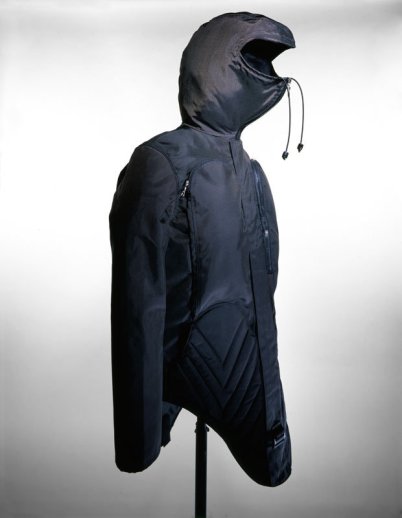 The Vexed Parka is one of the most successful designs that the label were known for, besides The Vexed One-Strap Rucksack which officially was the first hands-free carrying system. The Parka was made from ballistic nylon which protected the whole body compared to the usual Parka where padding was needed for protection.
The Vexed Parka is one of the most successful designs that the label were known for, besides The Vexed One-Strap Rucksack which officially was the first hands-free carrying system. The Parka was made from ballistic nylon which protected the whole body compared to the usual Parka where padding was needed for protection.
Vexed shows that as much as fashion is concerned, it has to have purpose and use. As well as looking good in it, it had a lot of thought process into the designs and definitely included research into the fabrics used to make the product even more effective.
Archiving
How would looking back at the past help to create a better future? Invent new ideas? Improve things? That’s what exactly archiving does; looking back at those items that existed in the past to help generate ideas or to study what happened in the past.
ELLE 1985-1998 ARCHIVES
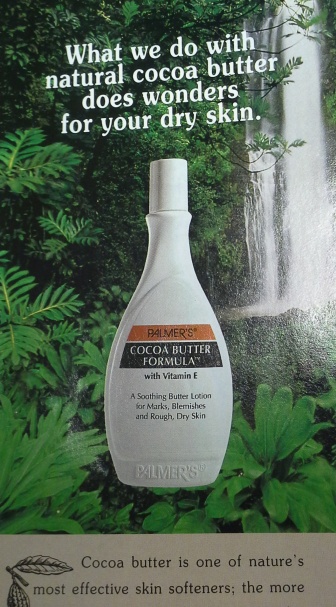 Cocoa butter in ELLE magazine? Wow… I didn’t expect that at all but how on earth did Cocoa Butter end up featured in ELLE? Later on, I soon discovered…
Cocoa butter in ELLE magazine? Wow… I didn’t expect that at all but how on earth did Cocoa Butter end up featured in ELLE? Later on, I soon discovered…
Palmer’s Cocoa Butter was used to get rid of stretchmarks due to the trend of having children; particularly in the 90’s where being a model and having a child was considered a trend. That’s the real reason, but I think there could be an influence of getting the ‘supermodel look’ theme going on in the other issues because it constantly kept on advertising contraceptives or talking about it in articles, slimming products… the list goes on. Adding to that would be, Cocoa butter is used widely by black women as a moisturiser for their skin. Could it be that Naomi Campbell whom was a very well known supermodel be an influence of the cocoa butter? After all, in the 90’s everyone wanted to have that toned body and perfect skin. I wouldn’t be entirely surprised if Naomi Campbell maintained her skin using cocoa butter; which sooner or later spread among women.
What shocked me even more was the fact that ELLE had advertisements for abortion clinics. I may be lost for words, but today’s society abortion is very much kept under the tables. No one really speaks of it and certainly no magazines advertise that. It baffles me how in the 90’s it were a trend to be a supermodel mum but at the same time it was all about “look good, feel good” and… not to get pregnant. Even cosmetic surgery were advertised heavily just in one page!
PERFUME ADS
There were so many perfume adverts in all of the issues, particularly the Paco Rabanne perfume; it was advertised for at least 4 pages. They even had the scratch and sniff on some pages. Perfumes were still brand new back then, so I would imagine this would still fascinate the market back then hence the heavily advertised ELLE.
CALVIN KLEIN
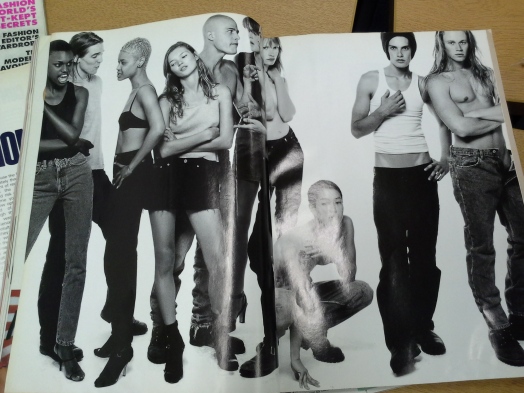 Calvin Klein has kept it’s black and white, sexy, casual topless (or white vests) and jeans aesthetic until today. Young Kate Moss is featured in this Advertorial.
Calvin Klein has kept it’s black and white, sexy, casual topless (or white vests) and jeans aesthetic until today. Young Kate Moss is featured in this Advertorial.
EDITORIAL
As nice as this Editorial looks, it’s very much skimming the ‘Advertorial’ due to the small and sneaky advertisement of a hotel the ELLE team stayed at for this shoot. It advertises the area of Chelsea and Knightsbridge and says that, “It is ideally located for shops and restaurants.” From what I remember in the 90’s, it was a time of leisure and going out. No matter if the TV was already invented, a large part of my childhood and people I know who grew up in the 90’s spent most of their time outside. It’s very interesting how it was so normal to advertise EVERYTHING back in the 90’s, whereas today people get annoyed by seeing adverts on TV or on Youtube.
To conclude, I think magazines were a really big thing in the 1980’s-1990’s because it was at a point where people still enjoyed going out for leisure activities yet television had already long existed and new forms of technology were emerging like the VHS, cassette players, video games and so on. I would imagine the magazine to be another platform for advertising; instead of using the TV (which the advertisements were more for a can of baked beans or cleaning products, anything to do with the homes) because supermodels like Naomi Campbell were being featured in them and it was seen as luxurious to be in the same magazine as supermodels. I think ELLE generally targets women from the ages of 19-30. Purely because the advertising are always to do with looking good or becoming slimmer; if not contraceptives. Compared to today, magazines are not dying out but they are selling a lot less and becoming more independent. A lot of them have gone digital such as DAZED; although they still sell hard copies there is more convenience in accessing it online whenever and wherever without having to leave the bedroom. The good thing I like about E-Magazines is the fact you can choose what you want to read. Unlike, if I bought an ELLE magazine in the 90’s, I’d have no choice but to purchase it with the useless adverts that’ll just annoy me and waste my time flicking through them to get to the content I want to see.
On going process…
After two intense weeks of hard work, all nighters and coming up with nothing but solutions… it’s finally here. It’s funny how the majority of people will see this product and make comments such as “That’s very good” or genuinely nice comments – little do they know about the behind the scenes. If anything, I’ve realised one dominant trait of my designer identity; resilience. No matter how many times I failed and reattempted to make my toile I still carried on and resolved it. I don’t take fails as fails because it’s just an opportunity for me to prove myself that I’m not a quitter. I felt so many frustrations and negative feelings but all in all it was worth it – if I didn’t go through that process I would never realise the value of what being a designer really means and that’s just the start of this journey. It will always be in that simple cycle – something doesn’t work just try again and resolve it.
DIGITAL REVOLUTION
It’s here, the DIGITAL REVOLUTION has spread like a virus and cyberspace has been created.
Technology is astonishing – look at the impact it can make in this world. LED T-Shirts, light up clothing, latex lingerie… where can our world be in 50 years?
Location: Cyberdog, Camden.
